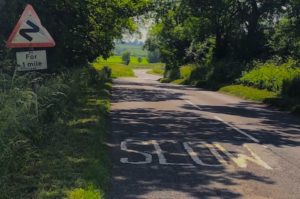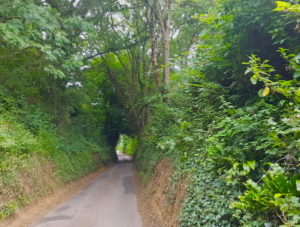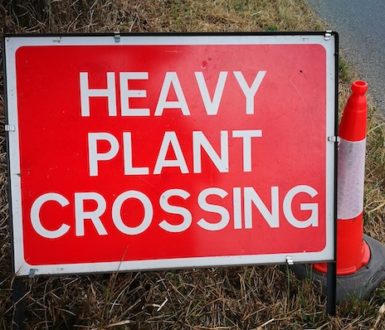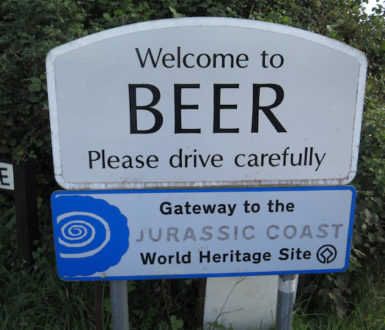Why British roads have so many bends

As you drive around Britain, you will notice many of the small roads are not straight – even if the land is flat. These roads can also be very narrow. This is very frustrating because it is almost impossible to drive fast. It is also a bit puzzling. Why would anyone create such bad roads?
The reason is that these roads are often very old, perhaps thousands of years old, created long before cars were invented. They started as paths made by people walking, leading packhorses or herding animals from one village to another. Often people had to avoid objects like big rocks, fallen trees, water or mud. This resulted in lots of twists and turns, even across flat landscapes. Gradually these paths evolved into many of the small roads we still have today. Our modern roads (such as the motorways) are of course built for speed and efficiency.
Not all of Britain’s old roads are bad. The Romans who came to Britain in 43BCE planned their roads carefully and with skill. These roads were not muddy – they were built with stones so wheeled carts could use them in all weathers. It is easy to spot an old Roman road on a map because they are mostly straight (for example, the A5 was part of the Roman route called ‘Watling Street’). There are relatively few villages and towns along the route of old Roman roads. This is because the roads were designed to move the Roman army from one military camp to another.
From the late 1600s, most of Britain’s most important roads were straightened, widened and given a hard surface. In order to pay for these improvements, there was a charge for using the roads, called a toll. People who didn’t want to pay (or who couldn’t afford it) found other routes instead, but these made the journey longer and more difficult. These alternative routes still exist, another reason why Britain has so many winding roads.
In East Anglia (which is famous for being very flat) the roads are not straight for a different reason. Once, much of it was under the sea. As the land was drained, roads were built gradually. Unfortunately, no-one thought about the final layout, so they do not follow any kind of logic.
In some areas, there are sunken roads that lie below the surrounding land, known as ‘holloways’. They are created over many thousands of years, where mud and soft stone has been worn away by human feet and transport. South Somerset and west Dorset are particularly famous for these roads and you can find examples 3 or 4 metres below the landscape, as you can see from the picture below. With the trees on either side, it can feel like driving in a green tunnel. A new mapping project aims to explore these roads, which often have a unique ecosystem. Read more on the BBC website.




